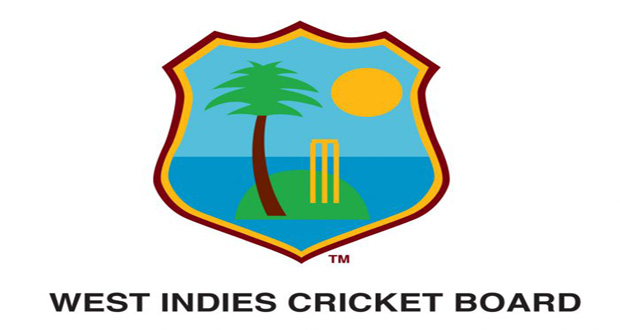Restructuring in today’s sporting world simply means choosing the best model for the sport at the time.
This may best be defined by the resultant effect of an economic impact model which clearly states that revenue-sharing is vital for all stakeholders. In an ongoing effort, the WICB in its financials for the year ending September 30, 2015, reported a surplus (US$3.5 million) which resulted in the accumulated deficit being reduced to just under US$2 million.
The WICB has over the last decade commissioned several reports whose results have largely been implemented. The one recommendation that has not been favoured by the current or the previous board is the adding of another layer to the existing body. That has been the bane of contention in recent times with a few groups calling for the dissolution of the board.
In 2014, the WICB rolled out its franchise system, which sought to “professionalize the game and revolutionize how players are engaged.” This system added 90 professional players which play first class cricket in the 50-overs and 4-Day format in addition to a partner for the Twenty20 – the Caribbean Premier League. Those leagues have shown tremendous potential from all involved. The opportunities for the next generation of players is to be discovered from this ongoing series of programmes.
This model has created the following
• 15 men on retainer contracts
• 11 women on retainer contracts
• 90 players on first class retainers
• Regional women’s tournament
The three main competitions in the domestic markets are the
• Super50
• 4-Day Professional Cricket League and the
• Caribbean Premier League – where players earn from a minimum of US$5,000 to a maximum of US$160,000
The WICB realises the role it has to play in the constant changing environment in the business of cricket and just recently at its Annual General Meeting (AGM) in March set a team, led by Independent Director, Don Wehby to reassess all the reports and to make recommendations to make the organisation more efficient.
FULL CIRCLE CONSULTATION
The Board will host its annual retreat (at the most suitable time) in the early part of the summer with players, technical team, player representatives, management staff and directors to chart the way forward. The primary focus for this year’s retreat will be to find workable solutions with regards to re-engagement of players, and how they fit into the existing high performance programme and to determine the most affordable remuneration packages.
The Board in its latest response to all the reports and the most recent tabled by the sub-committee on CARICOM committed to
• Look back at all the reports with a view to see which of the recommendations are suitable at this time
• Put in place a firm and/or individual with the expertise to review the recommendations and manage the implementation
• Meet with its stakeholders to effect the changes
WINNING WORLD TITLES
In under 100 days since the start of 2016, three teams from the West Indies in two formats won three world titles. That accomplishment has come as part of the high performance programme implemented just over two years ago. That there are small groups clamouring for the board’s dissolution is reason to ask…what more could a region want?
The acceptance of an average of 90 per cent of all the commissioned reports received have been implemented minus adding another layer of bureaucracy cannot justify calling for the board to be dissolved. Instead the small groups should consider among other things promises made by Governments to contribute to the growth of cricket by
• Hosting matches/international series
• Continuing to facilitate development which aids in the growth of sport
• Creating a more enabling environment for movement around the region
• Revitalizing cricket in the schools across the region.
• Assisting in the setting up of territorial academies
The global sports industry is going through constant change and so are all the sporting disciplines. One thing that is sure though is that organisations are moving towards being more efficient in their structure to be able to ease decision-making and to create the most effective model for business.
The Board so far has lived up to its promises, and while that is being done, let’s trust the process.


